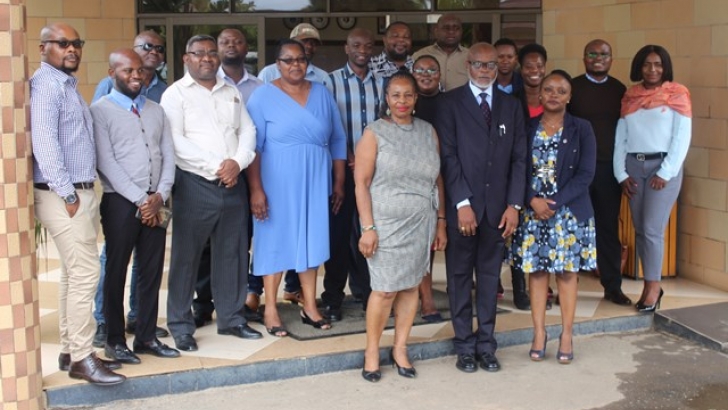
The National HIV/AIDS/STI/TB Council (NAC) has thrown a challenge to the media to be agents of change in eradicating barriers to HIV and other health services faced by a group of sub populations collectively known as HIV “key populations”.
NAC Director General designate Dr Connie Osborne said the media occupied a privileged position in society giving it significant influence over its audiences.
Speaking at a two-day media training on key populations and HIV response in Lusaka last Thursday, Dr Osborne said the media wields influence and power on its various audiences who base their decisions on media content.
“The purpose of this training is to deepen your knowledge on the sub populations that live among us known as key populations so that you can contribute towards the elimination of stigma and discrimination that they face in accessing HIV and other health services,” Dr Osborne said. “These Key populations live among us in our own families as our sisters, brothers, uncles, aunties and parents” she added.
The National HIV and AIDS Strategic Framework (NASF) 2017-2021 identifies Key Populations as; persons living with HIV, adolescents and young women, inmates, injecting drug users, sex workers and their clients, migrant workers and displaced persons, persons living disabilities, children and pregnant women living with HIV, young men, people aged 50 and above and men who have sex with men.
A common characteristic of key populations is the high HIV prevalence rate which is well above the national average of 11.1 per cent among adults (Zambia Demographic and Health Survey 2018 preliminary results). For example, HIV prevalence among female sex workers is 56.8 per cent while among prison inmates it is 27.4 per cent.
Studies show that when HIV related Key Populations are hindered from accessing HIV prevention and treatment services, they continue to engage in high HIV risk behaviors fueling new HIV infections within and beyond their circles.
Dr Osborne said continued limited access to HIV and other health services by Key Populations because of stigma and discrimination is hindering the country’s efforts to close the tap of new infections which is going to make it difficult for Zambia to attain its goal of ending AIDS as a public health threat by 2030. This in turn will prevent the country from improving its economic prospects of becoming a middle high income country which is Zambia’s vision for 2030 and beyond.
“Ending AIDS by 2030 which is what we as a country want to do, is not going to happen if we continue to hinder some sub populations in our midst from accessing health services through stigmatizing attitudes and behaviors. Unless you help the nation to remove these barriers including myths and misconceptions, the country’s quest to provide universal health coverage to all will not be realized,” she said.
Speaking at the same event, United Nations Office on Drugs and Crime Zambia Country Coordinator, Sharon Nyambe said while HIV infections in the general population were steadily declining, the rate of new infections still remained high among all Key Populations.
She cited the 2019 World Drug Report by UNODC which shows that 1.4 million people who inject drugs are living with HIV while inmates are five times more likely to be living with HIV than adults in the general population.
“People who use drugs and people in prisons also lack access to HIV prevention, diagnosis and treatment services. Discrimination and stigma still hinder Key Populations from accessing services,” she said.
Prepared by NAC Communications Unit
Categories:




